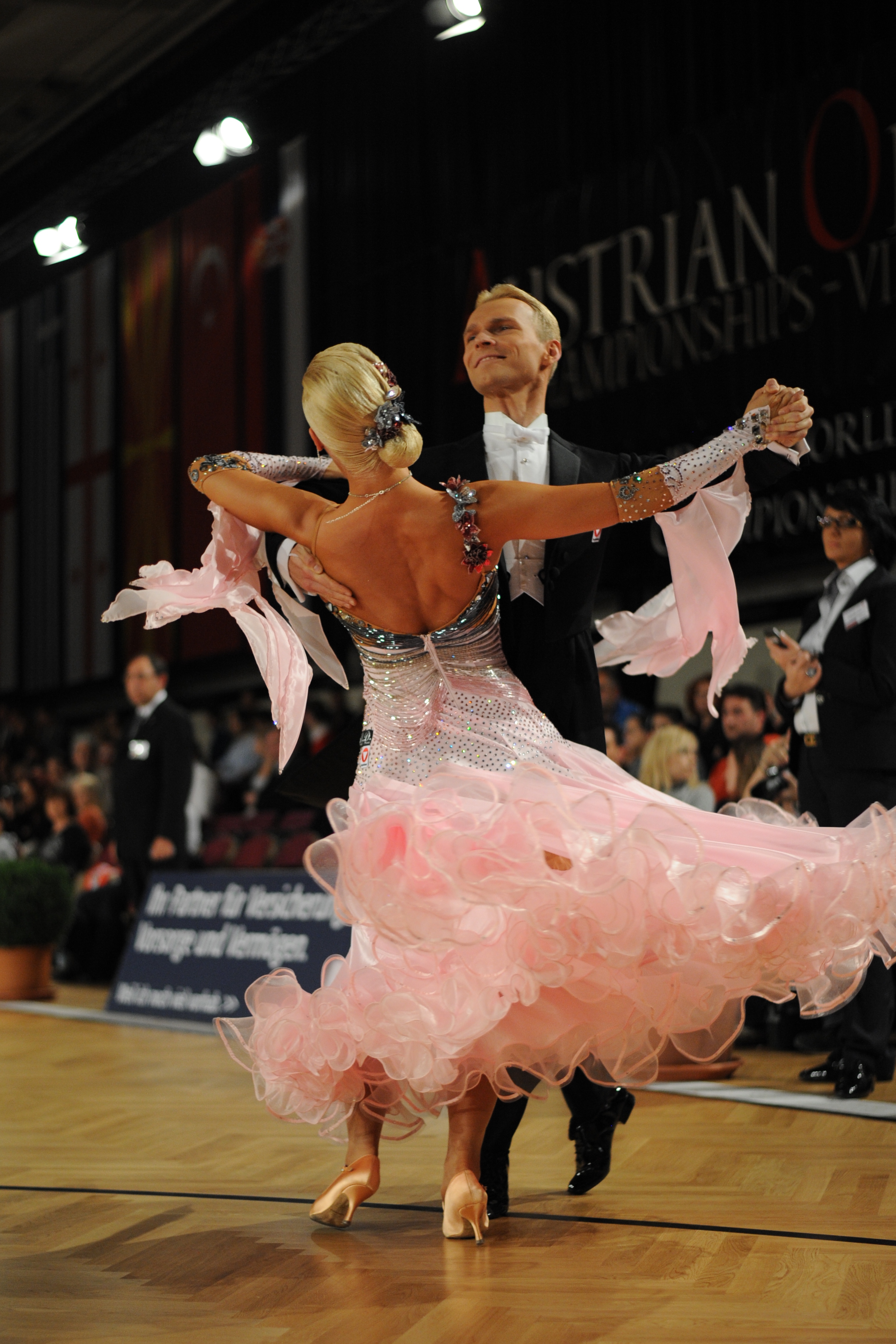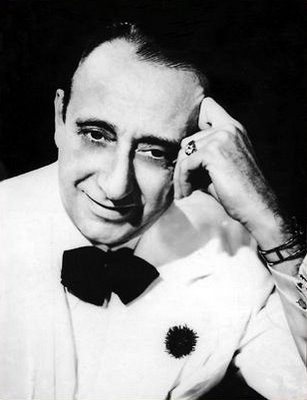|
Milonguero
A milonguero is a person who spends time dancing social tango. The word comes from the term ''milonga'' referring to a tango dance event. The term was used from the 1870s to mark a man who spent much of his time dancing tango of any style. Since the early 20th century the term referred to a man immersed in the tango culture specific to Buenos Aires. A milonguero frequented dance halls, dancing to the music of tango, milonga and vals. Such a man was "raised and groomed on tango" and his "reverence for the dance and its traditions" strongly influenced the way he danced. The term ''milonguero'' was used by ''others'' to distinguish a skilled and courteous dancer, not a term for oneself. After the 1955 coup ousted Juan Perón in Argentina, the tango was repressed, a sort of "dark age" for tango dancing, ending in 1983. Until the beginning of the 1980s ''milonguero'' also had a strong negative connotation, signaling a womanizer who typically had no job. Such womanizers would typ ... [...More Info...] [...Related Items...] OR: [Wikipedia] [Google] [Baidu] |
Tango Couple Closeup
Tango is a partner dance and social dance that originated in the 1880s along the Río de la Plata, the natural border between Argentina and Uruguay. The tango was born in the impoverished port areas of these countries from a combination of Argentine Milonga, Spanish-Cuban Habanera, and Uruguayan Candombe celebrations. It was frequently practiced in the brothels and bars of ports, where business owners employed bands to entertain their patrons. It then spread to the rest of the world. Many variations of this dance currently exist around the world. On August 31, 2009, UNESCO approved a joint proposal by Argentina and Uruguay to include the tango in the UNESCO Intangible Cultural Heritage Lists. History Tango is a dance that has influences from African and European culture. Dances from the Candombe ceremonies of former African enslaved people helped shape the modern day tango. The dance originated in working-class districts of Buenos Aires and Montevideo. Tango music derived ... [...More Info...] [...Related Items...] OR: [Wikipedia] [Google] [Baidu] |
Carlos Di Sarli
Carlos Di Sarli (January 7, 1903January 12, 1960) was an Argentine tango musician, orchestra leader, composer and pianist. Early years Carlos di Sarli was born at 511 Buenos Aires street (now Yrigoyen) in the city of Bahía Blanca, located in Southern Argentina. He was the eighth child of the Italian immigrant Miguel Di Sarli, the owner of a gunsmith store, and Serafina Russomano, daughter of the tenor singer Tito Russomano. Baptized as Cayetano di Sarli in accordance with the solid Catholic tradition of his parents, he later changed his name to Carlos. Music played an important role in the family: Carlos' older brother Domingo was a teacher at the Williams music conservatory in Bahía Blanca, Nicolas, another older child, became a famous baritone, and Carlos' younger brother, Roque, turned into a pianist. Carlos received training in classical music in the conservatory where his brother was teaching. In 1916, working in his father's store, he suffered an accident that cost him ... [...More Info...] [...Related Items...] OR: [Wikipedia] [Google] [Baidu] |
Tango People
Tango is a partner dance and social dance that originated in the 1880s along the Río de la Plata, the natural border between Argentina and Uruguay. The tango was born in the impoverished port areas of these countries from a combination of Argentine Milonga, Spanish-Cuban Habanera, and Uruguayan Candombe celebrations. It was frequently practiced in the brothels and bars of ports, where business owners employed bands to entertain their patrons. It then spread to the rest of the world. Many variations of this dance currently exist around the world. On August 31, 2009, UNESCO approved a joint proposal by Argentina and Uruguay to include the tango in the UNESCO Intangible Cultural Heritage Lists. History Tango is a dance that has influences from African and European culture. Dances from the Candombe ceremonies of former African enslaved people helped shape the modern day tango. The dance originated in working-class districts of Buenos Aires and Montevideo. Tango music derived ... [...More Info...] [...Related Items...] OR: [Wikipedia] [Google] [Baidu] |
Vals (dance)
Argentine tango is a musical genre and accompanying social dance originating at the end of the 19th century in the suburbs of Buenos Aires. It typically has a or rhythmic time signature, and two or three parts repeating in patterns such as ABAB or ABCAC. Its lyrics are marked by ''nostalgia'', sadness, and laments for lost love. The typical orchestra has several melodic instruments and is given a distinctive air by the bandoneon. It has continued to grow in popularity and spread internationally, adding modern elements without replacing the older ones. Among its leading figures are the singer and songwriter Carlos Gardel and composers/performers Francisco Canaro, Juan D'Arienzo, Carlos Di Sarli, Osvaldo Pugliese, Elvira Santamaría, and Ástor Piazzolla. History of tango The origins of tango are unclear because little historical documentation from that era exists. In recent years, a few tango aficionados have undertaken a thorough research of that history and so it is l ... [...More Info...] [...Related Items...] OR: [Wikipedia] [Google] [Baidu] |
Revolución Libertadora
The ''Revolución Libertadora'' (; ''Liberating Revolution'') as it named itself, was the civic-military dictatorship that ruled the Argentine Republic after overthrowing President Juan Domingo Perón, shutting down the National Congress of Argentina, National Congress, removing members of the Supreme Court, as well as provincial, municipal, and university authorities, and placing the entire Judiciary under commission. This occurred through a coup d'état on 16 September 1955. After two years the dictatorship organized conditional elections, which transferred power on 1 May 1958 to a constitutional government led by the Radical Arturo Frondizi, who in turn would also be overthrown by another military-led coup d'état in 1962. Background President Perón was first elected in 1946. In 1949, Argentine Constitution of 1949, a constitutional amendment sponsored by Peronism introduced a number of labour reforms along with unrestricted presidential reelections. The Legitimacy (poli ... [...More Info...] [...Related Items...] OR: [Wikipedia] [Google] [Baidu] |
Juan Perón
Juan Domingo Perón (, , ; 8 October 1895 – 1 July 1974) was an Argentine military officer and Statesman (politician), statesman who served as the History of Argentina (1946-1955), 29th president of Argentina from 1946 to Revolución Libertadora, his overthrow in 1955 and again as the 40th president from 1973 to his death in 1974. He is the only Argentine president elected three times and holds the September 1973 Argentine presidential election, highest percentage of votes in clean elections with universal suffrage. Perón is arguably the most important and controversial Argentine politician of the 20th century and his influence extends to the present day. Perón's ideas, policies and movement are known as Peronism, which continues to be one of the major forces in Argentine politics. On 1 March 1911, Perón entered military college, graduating on 13 December 1913. Over the years, he rose through the military ranks. In 1930, Perón supported the coup against President Hipólito ... [...More Info...] [...Related Items...] OR: [Wikipedia] [Google] [Baidu] |
Barrio
''Barrio'' () is a Spanish language, Spanish word that means "Quarter (urban subdivision), quarter" or "neighborhood". In the modern Spanish language, it is generally defined as each area of a city delimited by functional (e.g. residential, commercial, industrial, etc.), social, architectural or morphological features. In Spain, several Latin America, Latin American countries and the Philippines, the term may also be used to officially denote a division of a municipality. ''Barrio'' is an arabism (Classical Arabic ''barrī'': "wild" via Andalusian Arabic ''bárri'': "exterior"). Usage In Argentina and Uruguay, a ''barrio'' is a division of a municipality officially delineated by the local authority at a later time, and it sometimes keeps a distinct character from other areas (as in the Barrios and Communes of Buenos Aires, barrios of Buenos Aires, even if they have been superseded by larger administrative divisions). The word does not have a special socioeconomic connotation un ... [...More Info...] [...Related Items...] OR: [Wikipedia] [Google] [Baidu] |
Milonga (music)
Milonga is a musical genre that originated in the Río de la Plata areas of Argentina, Uruguay, and the Brazilian state of Rio Grande do Sul. It is considered a precursor of the tango. "Milonga is an excited habanera." The original habanera divided into four pulses, in a standard two-four where every note was stressed. In becoming milonga, though, all four notes turned strong, as tempo was doubled. The strength of the first beat weakened the fourth giving an almost waltz-like feel to milonga: one-two-three (four), one-two-three (four). Habanera is a slower, more explicit sounding ''one'', two, ''three''-four. At least one modern tango pianist believes the polka influenced the speeding up of the milonga. According to milonga composer and one of the most famous '' payadores'' of his time, Gabino Ezeiza, the milonga derives from various African rhythms such as candombe, and Argentine milonga was particularly popular among Afro-Argentines in Buenos Aires at the turn of the 20th cen ... [...More Info...] [...Related Items...] OR: [Wikipedia] [Google] [Baidu] |
Line Of Dance
In ballroom dancing (and in some other types of partner dance), directions of progressive movement, in particular directions of steps, can be indicated either in relation to the room or in relation to the body position. Directions of turns, although there are only two of them, may also be indicated in several ways. Directions of progressive movement Basic directions of movement with respect to the room Dancers can align their bodies and move in any of these directions: * line of dance (LOD) * against LOD * center (C) * wall (W) * diagonal center (DC) * diagonal wall (DW) * diagonal center against LOD (DC against LOD) * diagonal wall against LOD (DW against LOD) These directions may be taken either ''facing'' if the dancer's feet are pointing in the direction of the movement, or ''backing'' if the dancer's feet are oriented in the opposite direction and the dancer is moving backwards with respect to their body. For example, "backing DC against LOD" means that a dancer is movin ... [...More Info...] [...Related Items...] OR: [Wikipedia] [Google] [Baidu] |
Juan D'Arienzo
Juan d'Arienzo (December 14, 1900 – January 14, 1976) was an Argentine tango musician, also known as ''"El Rey del Compás"'' (''King of the Beat''). He was a violinist, band leader, and composer. He was the son of Italian immigrants and used more modern arrangements and instrumentation; his popular group produced hundreds of recordings. His first memorable performance was in 1919 at the Nacional theater during the comic play by Alberto Novión, ''El cabaret Montmartre''. He received the nickname Rey del Compás (King of the Beat), from Príncipe Cubano, at the Florida cabaret when he was replacing Osvaldo Fresedo. He said: "Mine was always a tough orchestra, with a very swinging, much nervous, vibrant beat. And it was that way because tango, for me, has three things: beat, impact and nuances. An orchestra ought to have, above all, life. That is why mine lasted more than fifty years. And when the Prince gave me that title, I thought that it was OK, that he was right." His m ... [...More Info...] [...Related Items...] OR: [Wikipedia] [Google] [Baidu] |






